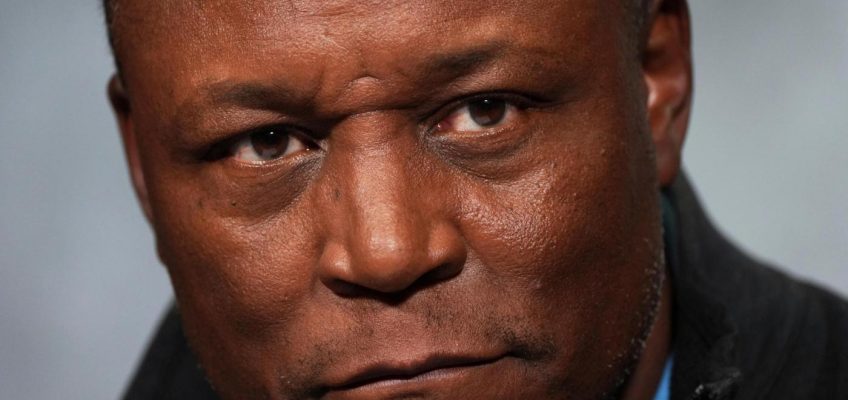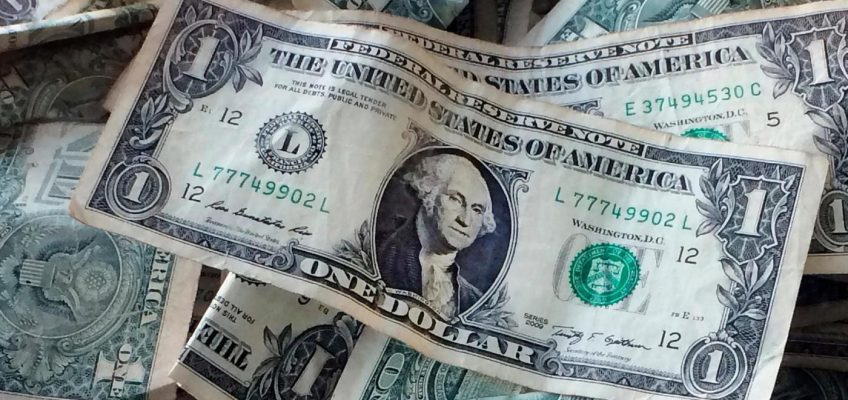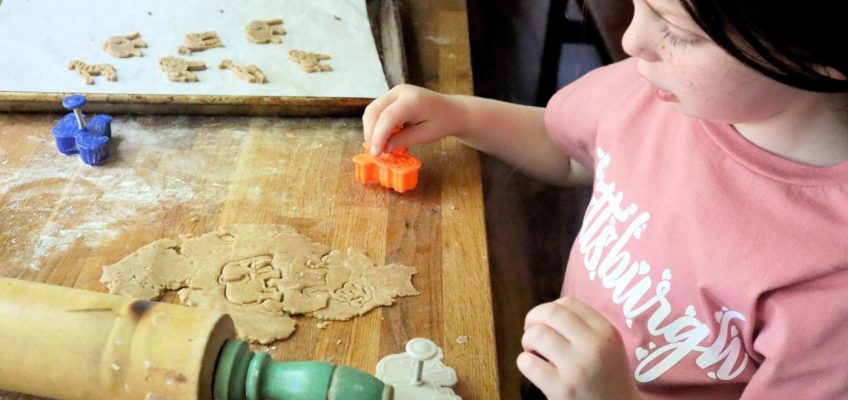My 18-month-old grandson doesn’t have the biggest vocabulary, but like most toddlers, he makes what he wants known pretty clearly.
That’s especially true when it comes to his favorite foods, which these days is pretty much anything he can stuff into his mouth unassisted.
His most practiced phrase is “Eat, eat!” followed by a gesture he learned at daycare — tapping his thumbs and fingers together in a flat “O” to make the American Sign Language sign for “more.”
All kids love cookies, crackers and string cheese, of course. Their parents do, too. But perhaps none is more beloved among the rugrat set than goldfish crackers, which Pepperidge Farm launched in the U.S. in 1962 — surprisingly — as a bar snack for adults.
The fish-shaped crackers were invented in 1958 by Swiss manufacturer Oscar J. Kambly as a birthday present for his wife, whose zodiac sign was Pisces. After the smiley face was added in 1997, It didn’t take long for the crunchy treats to become a children’s favorite. Today, The Campbell’s Company production line in Willard, Ohio, produces some 50 million of the cheerful little whole-grain fishies every day — more than 785 miles if you lined them all up head to tail.
Kids tend to find animal crackers, which are even older, just as addictive. Nabisco first tucked the tiny zoo- and circus-animal shaped cookies into its iconic red-and-yellow circus wagon box in 1902.
Bakers have been shaping cookies to resemble animals since at least the 6th or 7th century, when they were used for a pre-Christian Germanic/Nordic midwinter festival known as Julfest. Poor people couldn’t afford to sacrifice animals to the gods, so they made biscuits or cookies shaped like them as offerings. The practice of eating animal crackers gained popularity in Victorian England, and in the 1870s, Stauffer’s Biscuit Company started producing a menagerie of lion, giraffe and other animal shapes for commercial sale in York, Pa. Nabisco followed in 1902, and over the years has created at least 50 playful shapes.
Kids love them because they’re tasty; parents appreciate the fact they are easy to portion, relatively wholesome when compared to other sugary treats and easy to find at grocery stores and big club warehouses in a variety of flavors.
As I discovered when my three other grandkids were in town earlier this month, animal- and fish-shaped crackers are also incredibly easy to make at home with just a few simple ingredients.
If little hands pitch in with the rolling and cutting, making them is a fun way to spend quality time together in the kitchen while developing fine motor skills. Baking also teaches practical skills every child should know like measuring, counting and following instructions.
And when the last tray of cookies has cooled and is ready to be gobbled, do you eat head or tail first? Both treats are perfect for anytime snacking and also can be packed into lunch boxes or scooped into bags as party favors.
Theo couldn’t get enough of them. Plenty of grown-ups will like ’em, too.
Homemade Goldfish Crackers
To make gluten-free goldfish, substitute an equal amount of your favorite gluten-free flour blend in place of the all-purpose flour. Be sure to chill the dough (it makes the crackers flaky) and flour the work surface. (The dough will roll easier.)
I found a mini goldfish cutter on Amazon, but they’re also available at baking supply stores and Walmart.
INGREDIENTS
3 cups shredded sharp cheddar cheese (about 8 ounces)
1 cup all-purpose flour
1/2 teaspoon paprika
1/4 teaspoon onion powder
1/4 teaspoon garlic powder
1/4 kosher salt
6 tablespoons cold salted butter, cut into 1/2 -inch pieces
1-2 tablespoons cold water
Flaky sea salt, optional
DIRECTIONS
Preheat oven to 350 degrees. Line 2 baking sheets with parchment paper.
In a food processor, combine cheese, flour, paprika, onion powder, garlic powder and salt.
Pulse until the cheese mixes into the flour. Add butter and pulse until the mix clumps together to form pea-size balls. Add water, 1 tablespoon at a time, until the dough comes together and forms a ball.
Turn the dough out onto a floured surface and form into a ball. Divide the dough in half.
Working with one section at a time, roll the dough as thin as you can, about a 1/4 -inch thick. Cut into “goldfish” or 1/2 -inch squares. Repeat with the remaining dough.
Carefully transfer the cutouts to the prepared baking sheet, spacing them a 1/2 inch apart. Sprinkle with flaky sea salt, if desired.
Bake for 15 minutes, or until golden. Let cool completely, then store in an airtight container for up to 1 week.
Makes about 5 cups of goldfish.
— halfbakedharvest.com
Homemade Animal Crackers
The thinner you roll the dough, the crisper the cracker; aim for between 1/8 – and 1/4 -inch thick. You can reroll the scraps as you go, but you’ll need to chill it again if it gets too soft.
Cookie cutters with plunger stamps provide the best detail. Whether or not to glaze the finished crackers after cooling depends on personal preference; I left mine naked.
INGREDIENTS
9 tablespoons unsalted butter, softened
1/4 cup granulated sugar
2 tablespoons honey
1 large egg, at room temperature
1 teaspoon vanilla extract
1 cup all-purpose flour
1 cup whole wheat flour
1 teaspoon baking powder
1/2 teaspoon ground cinnamon
DIRECTIONS
Preheat the oven to 350 degrees. Line 2 baking sheets with parchment paper and set aside.
In a medium mixing bowl, cream together butter, sugar and honey until well combined.
Add egg and vanilla, and continue to whisk until smooth.
In a separate bowl, combine all-purpose flour, whole wheat flour, baking powder and cinnamon, then mix this into your butter mixture. You might need to get in there with your hands and knead it just until it comes together.
Shape the dough into a flattened disc, wrap in cling wrap and refrigerate for 30 minutes. (You can use it right away, but it’s a little easier to roll when it has chilled for a bit.)
On a lightly floured surface, roll half of the dough to a 1/4 inch thickness. (Keep the remaining dough covered and in the refrigerator to stay cold until you are ready to roll it.)
Use animal cookie cutters (or any cookie cutters) to cut out the dough into shapes. Place the crackers 1/2 inch apart onto the prepared baking sheets.
Bake for 14-15 minutes, or until lightly golden brown around the edges.
Let cool for at least 5 minutes on the baking sheets before enjoying. Stored cooled cookies in an airtight container at room temperature for up to 7 days.
— adapted from biggerbolderbaking.com
Reader alert: Send us your organization’s booya information!
Recipe: Make this tropical fruit salsa to serve on chicken or pork chops
Is Gen Z destroying wine culture? No, but they might reshape how we drink it
Rio 1854, from family behind Taco Libre, coming to former Dock spot in Stillwater
You and your kids can make goldfish and animal crackers at home




